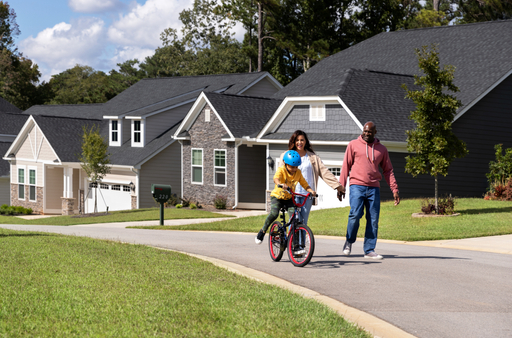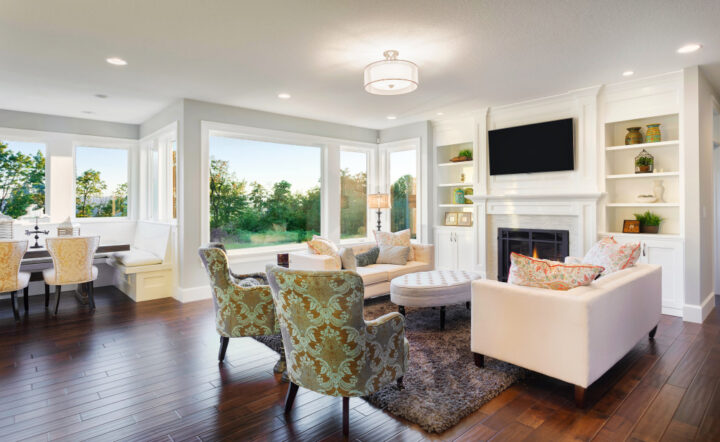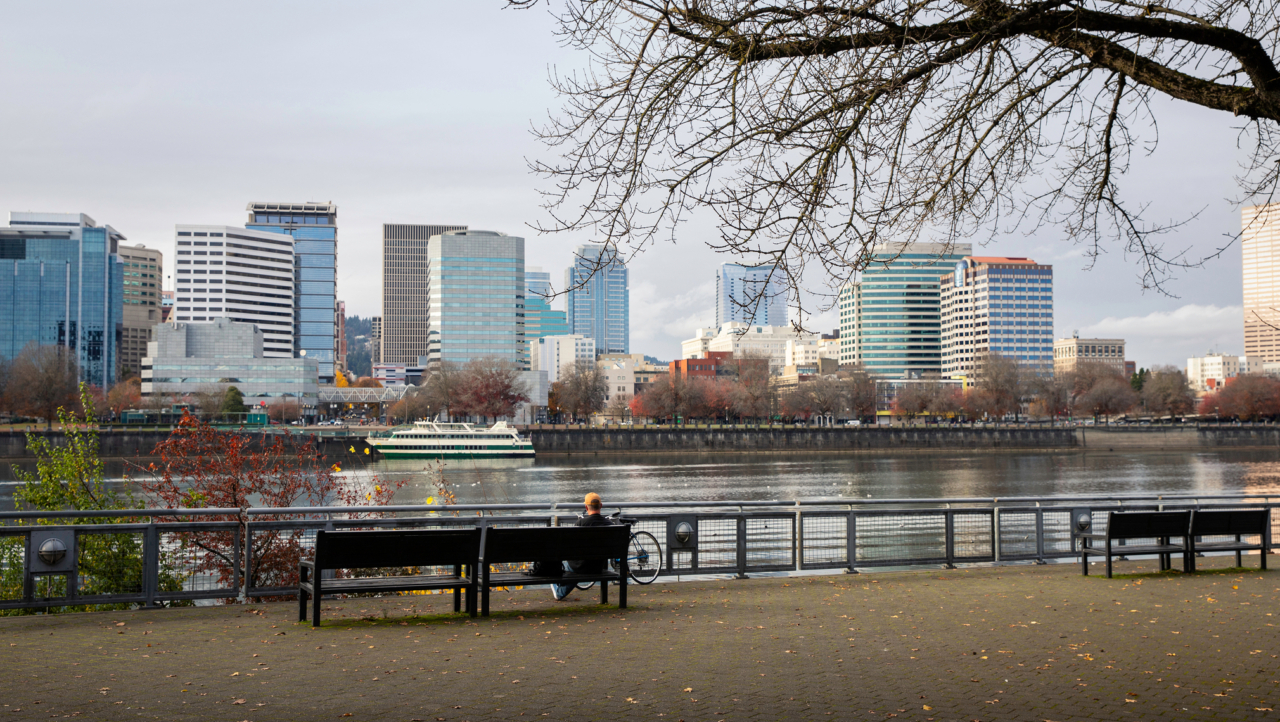What Are Construction Loans?
A construction loan is a financing option designed to fund the costs of building a new home. Here's how to get one.


Written by Susan Kelleher on June 5, 2025
A construction loan is short-term financing used to cover the cost of building or renovating a new home. Because construction loans differ from a traditional mortgage on a home that’s already built, the process may seem a little unfamiliar. We’ll guide you through the steps from start to finish on how construction loans work and how to get financing for new home construction.
Difference between a construction loan and traditional mortgage
Construction loans are specifically for building a new home, while traditional mortgages are for buying existing or newly built properties. Construction loans are short-term loans, lasting usually one to two years while the home is being built. Mortgage loans are for much longer terms, with the most common extending for 30 years.
The approval process for construction loans is more rigorous than the mortgage approval process. In addition to you having to qualify for the mortgage, your contractor also gets vetted by the lender to help ensure the project is completed on time, within budget and according to agreed-upon standards.
The other main difference is how they’re paid out: When you take out a mortgage, you get the entire sum upfront to buy the home. With a construction loan, the lender pays the contractor directly according to a set schedule tied to specific project milestones.
If you have questions about which loan type you need for your next home, consider reaching out to a Zillow Home Loans’ loan officer*. They can help you explore your options, understand eligibility requirements, and guide you through the application process.
How do construction loans work?
Construction loans are designed to cover the building costs when you work with your chosen builder to create a completely custom home. When you take out a construction loan, you typically only pay interest on the loan during the construction phase. Payments are made directly to the contractor in phases, and disbursements are linked to construction milestones. Here's a short summary of what to expect:
You get approved for the loan
The lender will check your credit, income and other financial information to assess your ability to repay the loan and meet their requirements. If you get the OK, the lender will also need to evaluate the project you want the loan for.
Money distributed to contractors and supplies
If the contractor and the project pass muster, and the loan is approved, the lender sets up a fund to receive your payments and a schedule to pay your contractor as the project progresses and the builder hits certain milestones. When your contractor hits those milestones, they’ll request payment from your lender. The lender arranges to have the work inspected before releasing the funds.
You make interest-only payments until the construction is complete
During this period, you will only have to pay interest on the borrowed amount. If everything looks good, the lender will distribute the money to your contractors. Once construction is completed, your loan will become a mortgage loan. You’ll pay off the interest and principal to your lender.
What does a construction loan cover?
Construction loans generally cover the cost of building, including:
- Lot or land purchase
- Permits
- Labor
- Building materials
They don’t cover design costs for architectural or interior design.
Types of construction loans
Construction-to-permanent loan
This type of loan pays for building the home, and then converts to a traditional mortgage once construction is complete.
Construction-only loan
This type of loan covers only the cost of construction. After that, you would either pay off the loan or get a mortgage that would then be used to pay off the construction loan.
Construction loan rates
Construction loans tend to have higher interest rates and larger down payments than would be offered with a regular mortgage. This is because there is no collateral to secure the loan as there would be if the home was already built.
Construction loan requirements
Every lender has their own requirements, but they’re likely to require a good credit score, with 620 as a minimum and many requiring 680 or higher. The Federal Housing Administration may offer FHA construction loans with lower minimum requirements, such as a credit score as low as 580 with a 10% down payment. Those with a credit score of 580 or higher can qualify with a 3.5% down payment.
In addition to a good credit score, you’ll usually need:
- A sizeable down payment, usually around 20% of the total expected construction cost
- A low debt-to-income ratio
- A reputable builder with whom you’ll be signing a contract
- A detailed construction plan, including blueprints, a budget and a construction schedule
- An appraisal, arranged by the lender, to ensure the project will be worth what they’re lending
How to get a construction loan
1. Research and choose a lender
Explore different lenders and compare their loan types, terms, interest rates, reputation and customer service.
2. Get pre-approved
You’ll provide financial information to a lender, who will verify the information, and determine how much you can borrow to cover the cost of the build. The pre-approval process can give you an idea of how much you can afford to spend building the home. You will have to pay interest on the borrowed amount while your home is being constructed, so make sure you discuss what your interest rate would be. If necessary, you and the lender will figure out a payment schedule.
3. Work with an architect or builder to design the home
The construction loan will not cover the cost of the design, so be sure you have funds set aside for this. Some builders also might have plans to purchase.
4. Research and choose a builder
Read customer reviews and research similar projects the builder has completed. You want to be sure the builder is licensed, bonded and insured, and meets any requirements set by your lender. You can find home builders based on your location on Zillow.
5. Draft a construction contract with your builder
Finalize the construction plan and details, and create a detailed contract outlining the scope of the work, the timeline and budget.
6. Apply for a construction loan
Decide which type of construction loan you want — one that covers only construction, or one that will cover construction and then convert to a mortgage when the building is complete. For either type, you’ll provide financial statements, tax returns, bank statements, and other relevant documents to the lender when you apply for the loan. You’ll also submit the signed construction contract, the builder's financial information and qualifications, and the construction plans so the lender can evaluate them. The lender will probably also order an appraisal to help estimate the value of the home once it’s finished.
7. Close on the loan
Once the lender approves the loan, the agreement is finalized and funds will be disbursed to the contractor based on agreed-upon milestones as the project progresses.
8. Begin building
Construction will begin according to the timeline and budget agreed to by you, the builder and the lender. During the construction phase, you’ll be making interest-only payments on the loan.
9. Arrange permanent financing
Once construction is complete, you'll typically transition from the construction loan to a permanent mortgage, with the home serving as collateral for the mortgage.
Construction loan FAQ
What if I own the land where my new home will be built?
If you already own the land you’re building on, you may be able to use all or part of it as equity toward the loan.
Can I use the funds to hire an architect?
Design costs are not usually covered by a construction loan. If you’re not looking for a custom home, you could negotiate with the builder for off-the-shelf plans. If you’re building a smaller Accessory Dwelling Unit, check with your city or county planning office since some locales offer pre-approved construction plans to streamline the design and permitting process.
What happens if there are construction delays?
Delays that push the loan past its due date can result in penalties, including higher interest rates, from the lender.
What happens if I go over budget?
Since the lender is loaning you a fixed amount based on the budget you submitted, you’ll have to bring more money to the table to finish the project, scale back on negotiable finishes or negotiate with the builder.
*Zillow Home Loans; An equal housing lender. NMLS #10287
Brand new and built for you
Get a turnkey, customized home with lower maintenance and a modern layout.
Browse new homesRelated Articles
Find a brand-new home
See floor plans, builder ratings and more when you search new construction on Zillow.
Start your search


